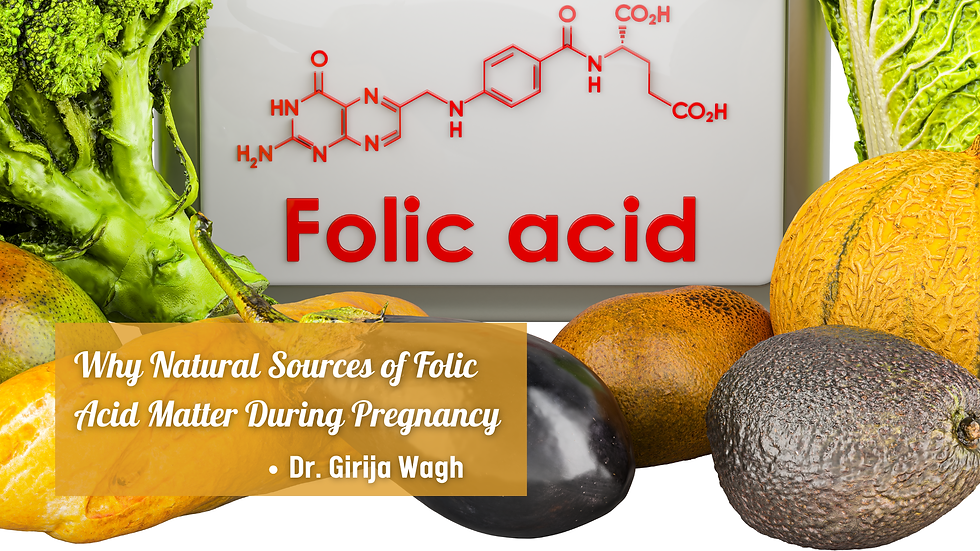Understanding the Impact of AMH on Fertility
- Girija Wagh
- Aug 3, 2023
- 3 min read
Reproduction is a fundamental aspect of human life, and the ability to conceive and bear children is a cherished dream for many. However, the journey to parenthood is not always straightforward, and understanding the factors that influence fertility is crucial. One such factor that plays a significant role in female fertility is Anti-Müllerian Hormone (AMH). In this blog, we will delve into the world of AMH, exploring its role, importance, and impact on fertility.
What is AMH?
AMH is a hormone produced primarily by cells in the ovaries known as granulosa cells. It plays a vital role in the development of female reproductive organs during fetal life. The level of AMH in a woman's body can provide valuable insights into her ovarian reserve - the number of eggs remaining in her ovaries - and her potential for conception.
AMH and Ovarian Reserve
A woman's ovarian reserve refers to the quantity and quality of eggs present in her ovaries at any given time. The concept of ovarian reserve is crucial because it directly correlates with a woman's reproductive potential. As women age, their ovarian reserve naturally declines, making it more challenging to conceive. AMH levels provide a valuable indicator of ovarian reserve since the hormone is only produced by the small, developing follicles within the ovaries.
Measuring AMH Levels
Measuring AMH levels is a simple blood test that can be performed at any point in a woman's menstrual cycle, as it is not influenced by the menstrual phase. The results are usually expressed in nanograms per milliliter (ng/mL). Generally, higher AMH levels suggest a healthier ovarian reserve, while lower levels may indicate diminished fertility potential.
AMH and Fertility Prediction
One of the essential roles of AMH is its predictive value for fertility. Women with low AMH levels may face challenges in conceiving naturally and may require assistance from fertility treatments. However, it is essential to remember that AMH is just one of many factors influencing fertility, and individual cases may vary.
AMH and Assisted Reproductive Technologies (ART)
For women undergoing fertility treatments, AMH levels are a valuable tool for guiding treatment decisions. During in vitro fertilization (IVF) or other assisted reproductive technologies (ART), AMH levels can help determine the appropriate dosage of fertility medications and provide an estimate of the potential response to ovarian stimulation.
AMH and Age: The Role of Timely Action
As women age, their AMH levels decline, which is a natural part of the aging process. Timely action and understanding one's AMH levels can be crucial for family planning. If a woman desires to have children in the future, having her AMH levels tested in her early 30s can provide valuable information about her fertility potential and allow for informed decisions regarding when to start a family.
In Closing
Understanding the impact of AMH on fertility is vital for women who are planning to conceive or considering their future reproductive options. AMH levels serve as an essential tool in assessing ovarian reserve and predicting fertility potential. While low AMH levels may present challenges, they do not necessarily eliminate the possibility of natural conception or parenthood. Consulting a healthcare professional or a fertility specialist is essential for personalized guidance and support.
Knowledge and awareness about AMH empower women to take charge of their reproductive health, make informed decisions, and explore available options to fulfill their dreams of parenthood.
Disclaimer: The information provided in this blog is for educational purposes only and should not be considered medical advice. If you have concerns about your fertility or reproductive health, consult a qualified healthcare professional or fertility specialist for personalized guidance.







Comments